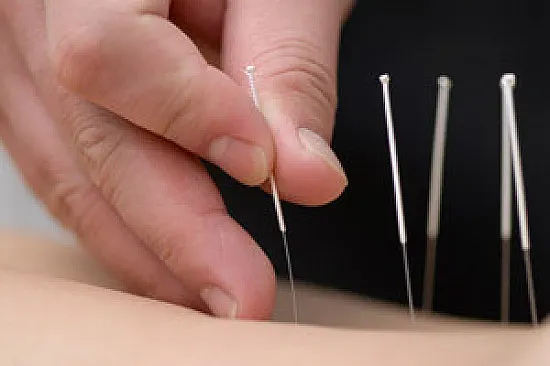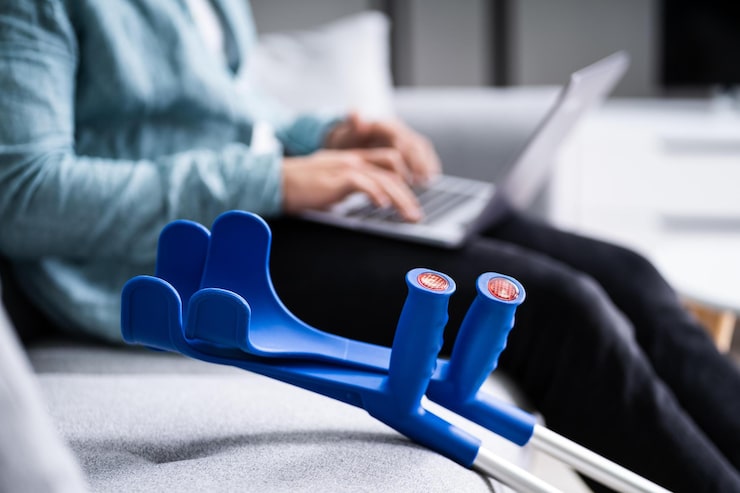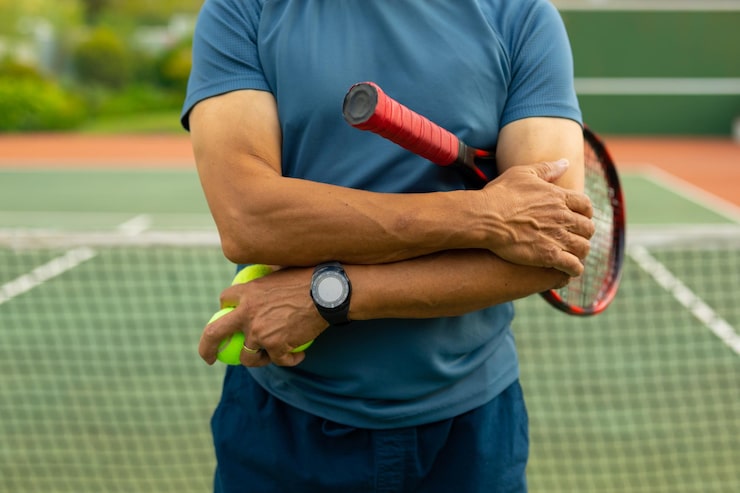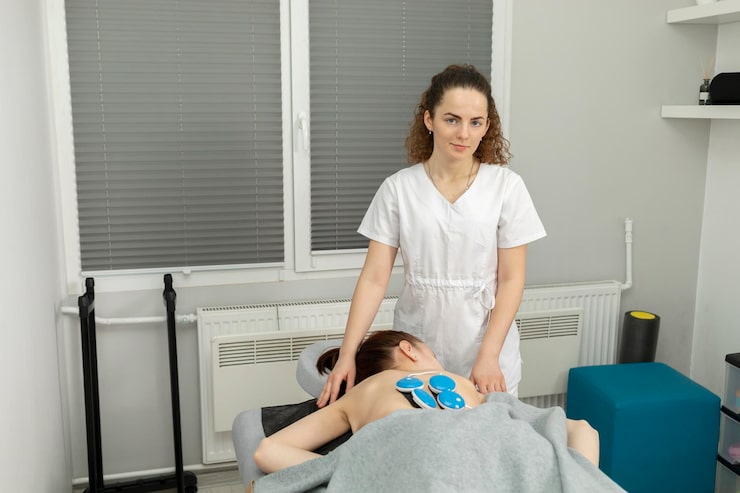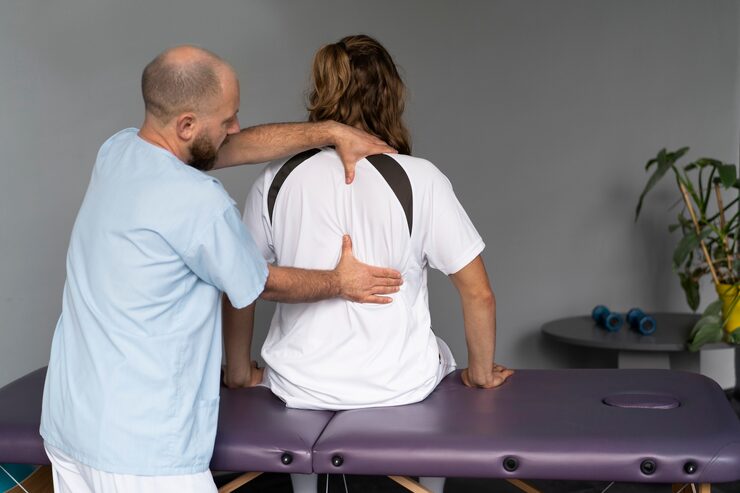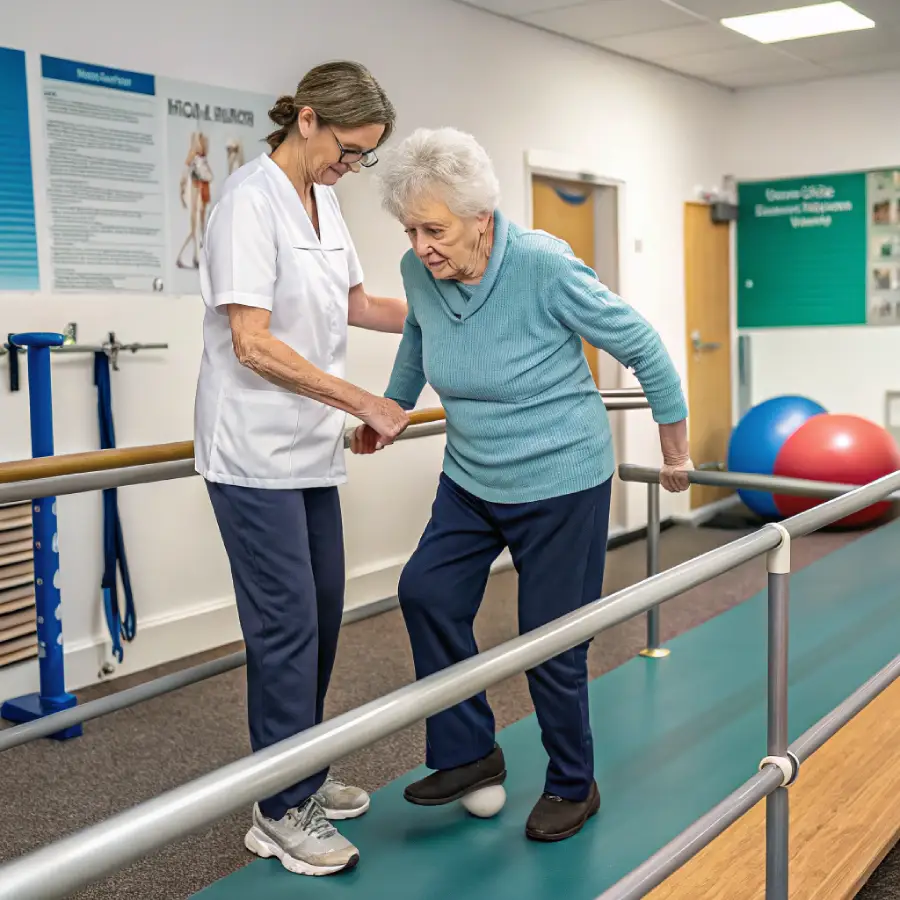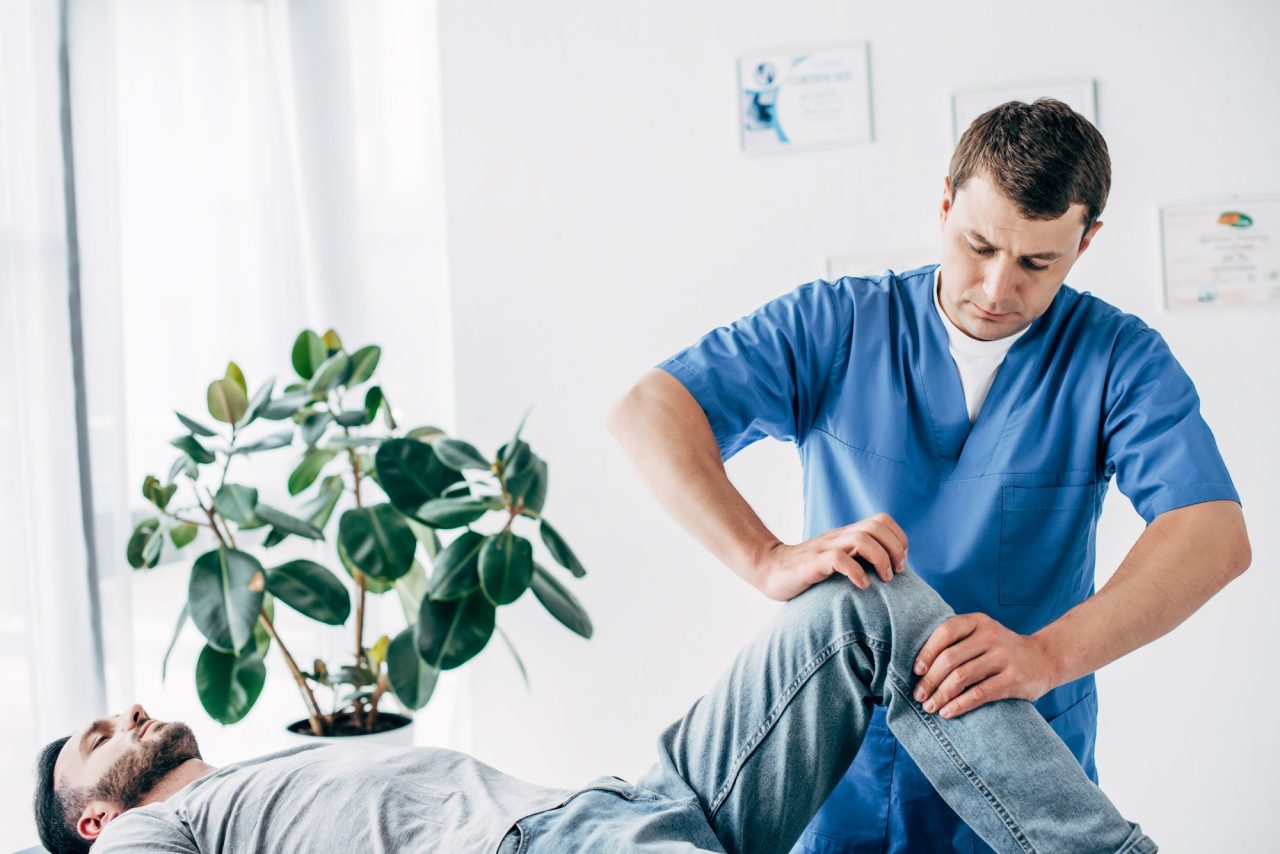Have you ever wondered why acupuncture, an ancient healing practice, feels so precise yet gentle? Picture this: A patient lies relaxed as thin, hair-like needles are inserted to alleviate chronic pain, with studies showing up to 50% improvement in symptoms for conditions like migraines. The key lies in the needles used in acupuncture, which are far from ordinary sewing tools—they’re specialized instruments designed for therapeutic precision.
In this comprehensive guide, we’ll explore exactly what type of needles are used in acupuncture, diving into their history, varieties, materials, and more. Whether you’re curious about trying acupuncture or simply want to understand this time-honored therapy, you’ll gain insights backed by expert knowledge and data. Keep reading to learn how these needles work and why they matter for your wellness journey.
The Evolution of Acupuncture Needles: From Ancient Origins to Modern Standards
Acupuncture traces its roots back over 2,500 years to ancient China, where early practitioners used sharpened stones and bones as rudimentary needles. These primitive tools evolved into metal versions during the Bronze Age, marking a shift toward more effective pain relief and energy balancing. Today, the needles used in acupuncture reflect centuries of refinement, blending tradition with cutting-edge manufacturing.
Historical texts like the Huangdi Neijing describe needles as channels for qi, the vital life force. Archaeological finds from the Han Dynasty (206 BCE–220 CE) reveal nine types of needles, each suited for specific techniques such as lancing or pressing. This diversity laid the foundation for modern acupuncture, now practiced worldwide with over 360 million sessions annually, according to the World Health Organization.
Understanding this evolution helps demystify acupuncture’s safety and efficacy. Early needles posed infection risks due to reuse, but regulations from bodies like the FDA have standardized sterile, single-use designs. As we delve deeper, you’ll see how these advancements make acupuncture accessible and reliable for contemporary health needs.
What Type of Needles Are Used in Acupuncture? Breaking Down the Main Varieties
The primary needles used in acupuncture are filiform needles, but several specialized types exist to address unique treatment goals. These variations allow practitioners to tailor sessions for pain management, stress reduction, or even cosmetic benefits. Let’s examine the most common ones, highlighting their features and applications.
Filiform Needles: The Standard Choice for Most Treatments
Filiform needles, often called “solid needles,” dominate acupuncture practices due to their versatility and minimal invasiveness. Made from stainless steel, they resemble fine wires with a sharp tip for smooth insertion. Unlike hypodermic needles, they lack a hollow center, reducing tissue damage and discomfort.
These needles come in lengths from 0.5 to 5 inches and gauges as thin as 0.12 mm, enabling precise targeting of acupoints. For instance, shorter ones suit facial acupuncture for anti-aging, while longer versions reach deeper muscles for back pain relief. A 2023 study in the Journal of Alternative and Complementary Medicine found filiform needles effective in 85% of chronic pain cases.
Practitioners insert them at varying depths—superficial for relaxation or deeper for stimulation—often twisting gently to enhance qi flow. If you’re new to acupuncture, starting with filiform needles offers a gentle introduction, with sessions typically lasting 20-30 minutes.
Specialized Needles: Beyond the Basics
While filiform needles handle most needs, specialized types expand acupuncture’s scope. Three-edged needles, with their triangular tips, are used for bloodletting in cases of inflammation or high blood pressure. They promote detoxification by releasing small amounts of blood, a technique rooted in traditional Chinese medicine.
Plum blossom needles, resembling a small hammer with multiple prongs, tap the skin lightly for superficial stimulation. Ideal for skin conditions like eczema, they boost circulation without deep penetration. Intradermal needles, tiny and pin-like, remain embedded for extended periods, providing ongoing relief for issues like insomnia.
Press needles, adhesive-backed for self-application, allow at-home maintenance between professional visits. Each type addresses specific health concerns, ensuring acupuncture’s adaptability. For example, a runner with knee pain might benefit from electro-acupuncture needles, which connect to mild electrical currents for enhanced healing.
Comparing Needle Types: A Handy Table
To visualize the differences, here’s a comparison table of common needles used in acupuncture:
| Needle Type | Material | Typical Length | Common Uses | Pain Level |
|---|---|---|---|---|
| Filiform | Stainless Steel | 0.5-5 inches | General pain relief, stress | Low |
| Three-Edged | Stainless Steel | 1-2 inches | Bloodletting, inflammation | Moderate |
| Plum Blossom | Stainless Steel | N/A (hammer) | Skin conditions, circulation | Low |
| Intradermal | Stainless Steel | 0.1-0.2 inches | Chronic issues, embedded | Minimal |
| Press | Gold/Silver | 0.1 inches | At-home, ear acupuncture | Minimal |
This table illustrates how practitioners select needles based on patient needs, emphasizing safety and effectiveness.
Materials and Manufacturing: What Makes Acupuncture Needles Safe and Effective
The needles used in acupuncture are crafted from high-quality materials to ensure biocompatibility and durability. Stainless steel is the gold standard, resistant to corrosion and flexible enough for precise manipulation. Some premium options incorporate coatings like silicone for smoother insertion, reducing patient anxiety.
Manufacturing adheres to strict ISO standards, involving laser sharpening and ethylene oxide sterilization. Factories in countries like China and Japan produce billions annually, with quality checks preventing defects. A report from the National Center for Complementary and Integrative Health notes that material advancements have cut adverse events to less than 0.01%.
Beyond steel, gold and silver needles appear in auricular (ear) acupuncture for their conductive properties. Gold stimulates energy, while silver calms it, aligning with yin-yang principles. However, these are pricier and less common, reserved for specialized clinics.
Understanding Needle Sizes and Gauges: Customizing for Comfort and Depth
Size matters when it comes to needles used in acupuncture, as gauges (thickness) and lengths determine comfort and treatment depth. Gauges range from 28 (thicker, 0.35 mm) to 40 (ultra-thin, 0.16 mm), with thinner ones preferred for sensitive areas like the face. Lengths vary to match body regions—shorter for hands, longer for thighs.
Choosing the right size involves assessing patient tolerance and condition severity. For acute pain, a medium gauge provides stronger stimulation, while chronic issues benefit from finer needles. Acupuncturists often start with conservative sizes, adjusting based on feedback.
Data from a 2024 survey by the American Academy of Acupuncture shows 70% of patients report no pain with gauges 34 and above. This customization enhances outcomes, making acupuncture suitable for all ages, from children to seniors.
Tips for Patients: How to Discuss Needle Preferences
- Communicate openly: Tell your practitioner about past experiences or fears to guide size selection.
- Start small: Request thinner gauges for your first session to build confidence.
- Observe reactions: Note how different sizes feel and provide feedback for future adjustments.
These steps empower you to personalize your acupuncture experience.
Safety Protocols and Sterilization: Ensuring Risk-Free Sessions
Safety is paramount with needles used in acupuncture, thanks to single-use mandates in most countries. Pre-sterilized and packaged individually, they eliminate cross-contamination risks. The FDA classifies them as medical devices, requiring rigorous testing for sharpness and sterility.
Common concerns include infection or bruising, but incidence rates are low—about 1 in 10,000 sessions, per a British Medical Journal review. Practitioners wear gloves, use alcohol swabs on skin, and dispose of needles in sharps containers post-use.
For those with metal allergies, hypoallergenic options like titanium-coated needles exist. Always choose licensed acupuncturists from reputable organizations like the National Certification Commission for Acupuncture and Oriental Medicine (NCCAOM) to guarantee adherence to these standards.
Common Myths Debunked
- Myth: Needles can break inside the body. Reality: Modern designs are flexible and rarely fracture.
- Myth: Reuse is common. Reality: Ethical practices demand disposables.
- Myth: Acupuncture spreads diseases. Reality: Sterile protocols match surgical standards.
Dispelling these ensures informed decisions.
Benefits of Using Specific Acupuncture Needles for Various Conditions
Different needles used in acupuncture offer targeted benefits, enhancing overall wellness. Filiform needles excel in pain management, with a meta-analysis in Pain Medicine showing 60% reduction in arthritis symptoms. Their precision stimulates endorphin release, promoting natural healing.
Specialized needles like plum blossom boost skin health, improving collagen production for anti-aging effects. Intradermal types provide sustained relief for anxiety, as evidenced by reduced cortisol levels in users. Electro-acupuncture needles amplify results for neurological issues, aiding recovery from strokes.
Beyond physical perks, acupuncture fosters mental clarity and better sleep. A 2025 study from Harvard Medical School links regular sessions to 40% mood improvement. Integrating these needles into holistic care plans maximizes long-term benefits.
Actionable Tips for Maximizing Benefits
- Combine with lifestyle changes: Pair sessions with yoga for amplified stress relief.
- Track progress: Journal symptoms pre- and post-treatment to measure gains.
- Seek follow-ups: Schedule maintenance visits every 4-6 weeks for chronic conditions.
These strategies turn acupuncture into a proactive health tool.
Wrapping Up:
In summary, the needles used in acupuncture range from versatile filiform to specialized varieties like three-edged and intradermal, each crafted for safety and efficacy. We’ve covered their history, materials, sizes, and benefits, supported by data showing significant improvements in pain and wellness. Understanding these elements demystifies the practice, highlighting its role in modern healthcare.
Whether addressing chronic issues or seeking preventive care, acupuncture’s needles offer a gentle path to balance. Ready to experience it? Schedule a session with a certified practitioner today and discover the transformative power for yourself.

